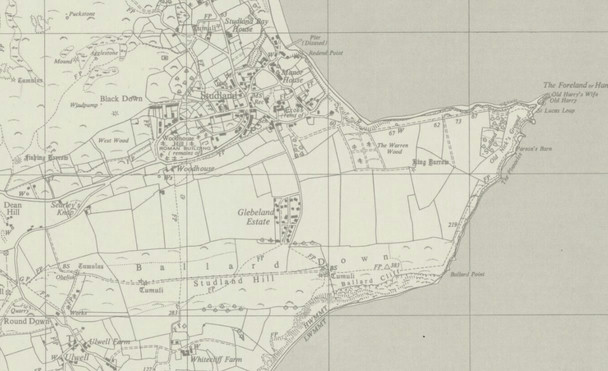‘It astounds me to be able to look at a map and know to the square metre where my buttocks are deployed’
Blog
How do traditional paper maps compare to today’s digital maps?

In my day job I’ve been thinking about maps a lot recently (more of which anon). A few days ago I was reminded of a passage from Bill Bryson’s book, Notes from a Small Island:
As a rule, I am not terribly comfortable with any map that doesn’t have a You-Are-Here arrow on it somewhere, but the Ordnance Survey maps are in a league of their own. Coming from a country where mapmakers tend to exclude any landscape feature smaller than, say, Pikes Peak, I am constantly impressed by the richness of detail on the OS 1:25,000 series. They include every wrinkle and divot of the landscape, every barn, milestone, wind pump and tumulus. They distinguish between sand pits and gravel pits and between power lines strung from pylons and power lines strung from poles. This one even included the stone seat on which I sat now. It astounds me to be able to look at a map and know to the square metre where my buttocks are deployed.
The book was first published in 1995. Twenty-five years later, in our era of ubiquitous smartphones, it’s inconceivable to think that you don’t know, to the square metre, where your buttocks are deployed. That information’s in your pocket, accessible in an instant. If you were sitting on that same stone seat that Bryson was a quarter of a century ago, Google Maps would tell you exactly where you were.
But Google’s map wouldn’t show the stone seat itself, nor the nearby milestone, the power lines strung from pylons, the gravel pit. Bryson must have been somewhere near Ballard Cliff, and yet Google’s map of the area is almost blank. Compare Google’s map of that area now, to the Ordnance Survey map from 1961. One map is empty, the other is full of life.
It sometimes feels like in the last decade or so we’ve swapped one thing (rich, detailed maps) for another (extreme location accuracy). I’m not sure it’s an improvement.